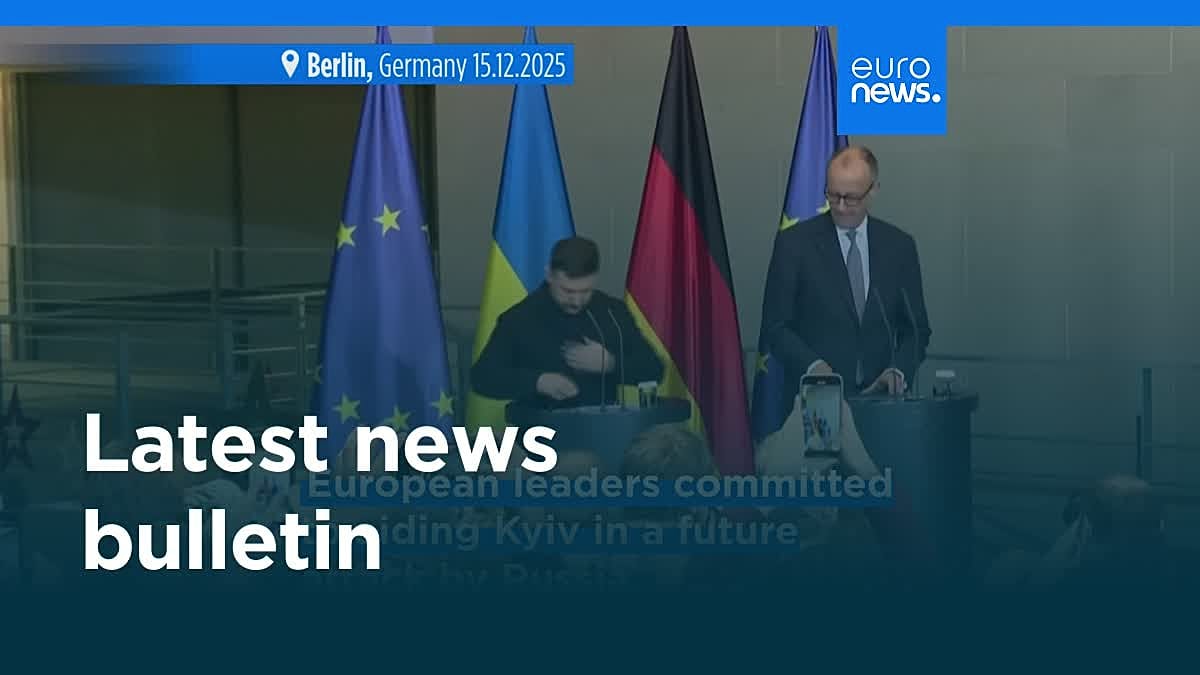How to Drive Successful Stakeholder Engagement Outcomes for the UK’s Heat Network Market
As the UK moves towards a low-carbon future, reducing carbon emissions related to heating is essential to achieving net-zero goals. Heat networks, also known as district heating, are becoming an important part of the country’s energy system. Successfully developing and operating heat networks across the UK relies on thorough planning, as well as strong stakeholder engagement.
What is a heat network?
A heat network is a system that supplies heat from a central source to multiple consumers, using a network of well-insulated underground pipes that carry hot water. This heat is distributed across a wide area, ranging from a small cluster of buildings to entire cities.
Heat networks offer numerous benefits. They are one of the most cost-effective ways to reduce carbon emissions from heating, especially in densely populated urban environments. They enable the use of waste heat, promote energy efficiency, support local regeneration, and strengthen the overall stability and cost-effectiveness of the energy system.
The importance of stakeholder engagement in establishing heat networks
The successful development and operation of heat networks in the UK relies on effective stakeholder engagement. With the sector rapidly evolving and ushering in new market players, products, and policies, the collaboration and buy-in of a wide range of stakeholders is more critical than ever.
Stakeholder engagement is essential and should start early, before projects are underway. Early engagement helps identify what truly matters to stakeholders and allows their concerns and priorities to be factored into project planning, thereby shaping projects better to meet the needs of the broader community.
Ongoing stakeholder engagement is integral to every phase of a project’s lifecycle, from initial feasibility studies through to design, construction, and operation. When done well, it can help towards smooth approvals, enthusiastic customers, and confident investors.
Embedding stakeholder engagement into your strategic planning, rather than treating it as optional, allows for realistic timelines and resource allocation. This consideration is vital, as stakeholder engagement is rarely a standalone job role, and teams have competing priorities to manage.
The risks of not engaging stakeholders properly
Neglecting stakeholder engagement can have serious consequences for heat network projects. Poor engagement often leads to project opposition, development pushback, and the loss of investor support, all of which can cause significant delays or outright project failure. Without the early and active involvement of stakeholders, critical risks may go unaddressed and misunderstandings may arise. Furthermore, ineffective or insincere stakeholder engagement can erode trust and damage credibility, making it harder to secure buy-in both now and for future projects. Ignoring the needs and concerns of stakeholders may also reduce the project’s social benefits, such as alleviating fuel poverty or supporting local development.
Steps for stakeholder engagement in heat networks
A clear and structured approach to stakeholder engagement is essential for the successful implementation of heat network projects. The following steps will guide you through identifying, analysing, and engaging stakeholders effectively.
- Identify all stakeholders
Begin by identifying all internal and external stakeholders who are interested in or could be affected by your heat network project. This list should be as comprehensive as possible, considering governing bodies, regulators, landowners, and other relevant stakeholders. Avoid doing this alone. Consider organising a collaborative stakeholder identification session to brainstorm and ensure all relevant groups are included.
- Create a stakeholder map
A stakeholder map is a tool that visually lays out your stakeholders and illustrates their relationships to the project. Stakeholder mapping helps you understand who is most important to your project’s success. Identify hard-to-reach stakeholders and consider how you will effectively connect with them. Understanding each stakeholder’s motivations and concerns, particularly regarding their support or opposition, will inform your engagement strategy and messaging, thereby increasing your chances of successful stakeholder engagement.
- Prioritise stakeholders
Once your stakeholders are identified and mapped, prioritise them to focus your resources where they matter most. Use tools like an interest-influence grid to assess each stakeholder’s potential impact and interest in the project. Group stakeholders into categories such as key players (high influence and interest), those to keep satisfied (high influence, low interest), those to keep informed (high interest, low influence), and those to build awareness with (low influence and interest). Be mindful that stakeholders’ perceptions of their roles may differ from your assessment, and their level of influence or interest can change as the project evolves.
- Develop a stakeholder engagement plan
The next step is to develop a clear stakeholder engagement plan. This plan should include engagement objectives, the communication channels to be used, the key messages for each stakeholder group, and the resources to be utilised, all within a defined timeline. Stakeholder engagement should always be coordinated and achievable.
To avoid stakeholder fatigue or disengagement, schedule communication thoughtfully, with a defined cadence, ensuring silences are explained. Use a stakeholder management software tool like Jambo to organise and manage your interactions and communications with stakeholders, ensuring all your engagement is easily searchable and reportable.
- Actively engage with stakeholders
Meaningful engagement means providing stakeholders with regular opportunities to share their perspectives, listening carefully to their concerns and opinions, and adjusting your approach accordingly. Use feedback to refine your messages and address promises made to build trust. Continuous, responsive engagement is essential for keeping a project moving forward.
When everything is documented, you can easily review notes to demonstrate to your stakeholders that you were listening. Keeping track of engagement activities also ensures that you can easily demonstrate adequate engagement if required, and in the event of team changes, you won’t lose any important information.
Leveraging Jambo for effective data management in stakeholder engagement
Jambo helps UK heat network project teams manage the vast amount of data generated during stakeholder engagement in a single, secure platform. This makes accessing a complete engagement history easy, ensuring continuity even as teams change. With Jambo’s analytics and reporting features, teams are better equipped to identify and address issues and use engagement insights to inform decisions, resulting in improved outcomes and more successful UK heat network projects.
The post How to Drive Successful Stakeholder Engagement Outcomes for the UK’s Heat Network Market appeared first on EU Business News.















































